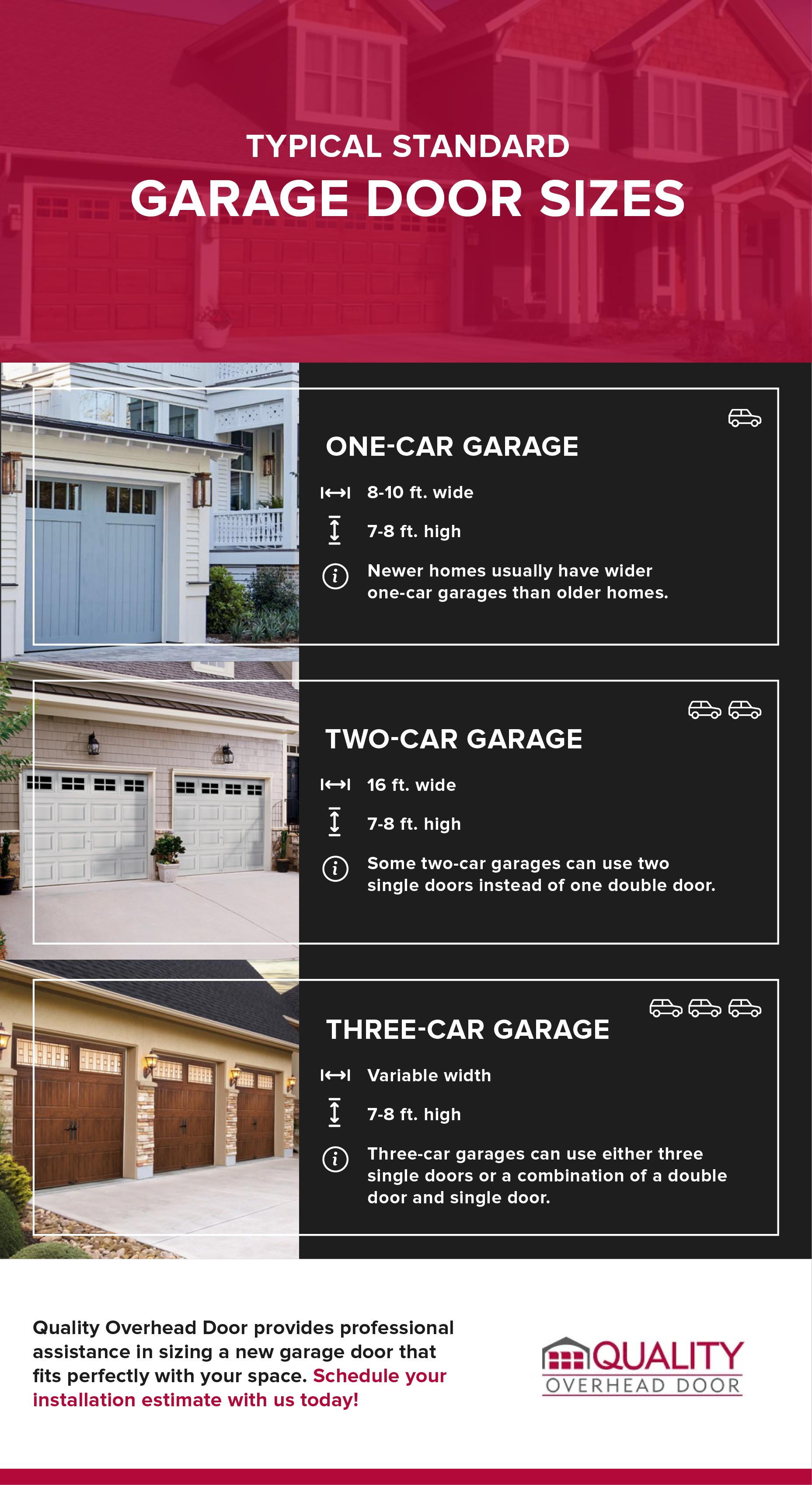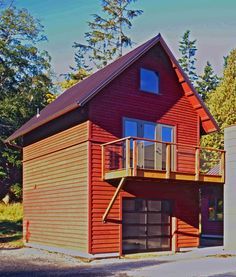
The perfect mix of beauty & practicality
Coachman Collection garage doors are the ideal choice if you want to give your home an authentic carriage house look while enjoying all the benefits of modern steel and insulation. These garage doors feature multiple layers of durable, low-maintenance insulation and insulation. The composite overlay is woodgrain textured to give them an elegant appearance that will appeal to even the most discriminating home buyer.
Steel constructions with 4-layers and Intellicore(r), polyurethane, or 1-3/8” bonded polystyrene insulation offer industry-leading R-values of 6.5 to 18.4. For durability, tough coatings include a hot dipped galvanized top layer and a baked-on primer.

Clopay Coachman garage door are ideal for homeowners who want to upgrade their curb appeal. The doors come in 15 designs and four different factory finishes. You can also mix base and overlay colors together to create a custom look that will set your home apart from others.
Ultra-Grain Design & Personalization
Clopay Coachman doors come with a woodgrain embossed composite overlay. The overlay has a beveled coped edge, center groove and is painted back and front. These faux wooden garage doors look great with stain-resistant spray paint.
There are many customization options that allow you to customize your garage door. Choose from different hinge styles, hardware options and glass options to give it a unique look. To enhance your garage's exterior and allow more light in, you can choose from clear, stained, insulated or rain beveled glass grilles.

It can be difficult to choose the best garage door for your home. But with the wide range of options and features available by clopay coachesman, it's easy to find the perfect one. With options that include a limited lifetime warranty on the paint system, 10 years on the overlay& window, 5 Delamination on the Overlay and hardware, it's easy to see why these faux wooden garage doors are a popular choice among consumers.
FAQ
Is $30000 sufficient for a kitchen remodeling project?
You can expect to pay anywhere from $15000-$35000 for a kitchen overhaul, depending on how much money you have available. A complete kitchen remodel will cost you more than $20,000. If you are looking to upgrade appliances, paint or replace countertops, it is possible to do this for less than $3000.
The average price for a full-scale renovation is usually between $12,000-$25,000. There are ways to save money but not sacrifice quality. For example, you can install a new sink instead of replacing an old one, which costs approximately $1000. You can also buy used appliances at half the cost of new ones.
Kitchen renovations take longer than other types of projects, so plan accordingly. You don't want your kitchen to be finished halfway through.
The best thing is to get going early. Begin looking at the options and getting quotes from different contractors. You can then narrow your choices by price, availability, and quality.
Once you have contacted a few contractors, ask them for estimates and then compare prices. It's not always the best option to go with the lowest price. It's important to find someone with similar work experience who will provide a detailed estimate.
Make sure you include all extras in your final cost calculation. These may include additional labor, material charges, permits, etc. You should be realistic about what you can spend and stick to your spending budget.
If you're unhappy with any of the bids, be honest. Tell the contractor if you are not satisfied with the first quote. Give him or her another chance. Don't let pride stand in the way of saving money.
What would it cost for a home to be gutted versus what it would cost to build one?
The process of gutting a house involves removing all contents inside the building. This includes walls, floors and ceilings, plumbing, electrical wiring and appliances. Gutting is done when you want to make some modifications before moving in. Gutting a home is typically very expensive because so many things are involved in doing this work. Depending on what job you do, the average cost for gutting a house is $10,000 to $20,000
The process of building a home involves the construction of a house from one frame to another. Next, the builder adds walls, flooring and roofing. This is typically done after purchasing lots and lots of lands. Building a home is typically cheaper than renovating, and usually costs between $15,000-30,000.
When it comes down to it, it depends on what you want to do with the space. You will probably have to spend more to gut a house. It doesn't matter if you want a home built. Instead of waiting for someone else, you can build it how you want.
What's the difference between a remodel or a renovation?
Remodeling is the major alteration to a space or a part of a space. A renovation involves minor changes to a specific room or part of it. For example, a bathroom remodeling project is considered a major one, while an upgrade to a sink faucet would be considered a minor job.
A remodel involves replacing an entire room or part of a whole room. A renovation involves only changing a portion of a room. A kitchen remodel could include replacing countertops, sinks and appliances as well as changing lighting and paint colors. An update to a kitchen could involve painting the walls or installing a new light fixture.
What are the largest expenses when remodeling a kitchen
A few key costs should be considered when planning a kitchen remodeling project. These include demolition, design fees, permits, materials, contractors, etc. But when we look at these costs individually, they seem pretty small. They quickly grow when added together.
The most expensive cost is probably the demolition. This includes removing any cabinets, appliances, countertops or flooring. You will then need to remove the insulation and drywall. You must then replace these items with new ones.
Next, you must hire an architect to draw out plans for the space. To ensure that the project meets all building codes, permits must be obtained. The next step is to find someone who will actually do the construction.
Finally, after the job is completed, you must pay the contractor. Depending on the size of the job, you could spend between $20,000 to $50,000. Before hiring a contractor, it is vital to get estimates from multiple people.
You can sometimes avoid these costs if you plan. You might get better deals on materials and even save some time. Knowing what is required will allow you to save both time and money.
For example, many people try to install their cabinets. They believe this will save money, as they won’t have to hire professional installers. Problem is, they often spend more time trying to place the cabinets themselves. A professional will usually finish a job in half as much time as you would.
Unfinished materials can also be a way to save money. You should wait until all of the pieces have been assembled before you buy pre-finished items like cabinets. You can use unfinished materials immediately if you buy them. If things don't work out as planned, you can always modify your mind later.
But sometimes, it isn't worth going through all this hassle. It is important to plan your home improvement projects in order to save money.
What are the included features in a full remodel of your kitchen?
A complete kitchen remodel involves more than just replacing a sink and faucet. There are cabinets, countertops as well, lighting fixtures and flooring.
Full kitchen remodels allow homeowners to modernize their kitchens without the need for major construction. The contractor and homeowner will be able to do the job without any demolition, which makes the project much easier.
A kitchen renovation can include a variety of services such as plumbing, HVAC, painting, drywall installation, and electrical. Depending on the extent of the kitchen remodel, multiple contractors may be required.
Professionals with years of experience working together are the best way ensure a successful kitchen remodel. Kitchen remodels are complex and can be delayed by small issues. You should plan ahead and prepare a backup plan for any unexpected situations if you decide to DIY.
Why should I renovate my house instead of buying a new one.
While it's true that houses get less expensive each year you still need to pay the same price for the same square footage. Even though you may get a lot of bang for your buck, you also pay a lot for that extra square footage.
It costs less to keep up a house that doesn't require much maintenance.
Remodeling your home instead of purchasing a new one can save you hundreds.
Remodeling your current home can help you create a unique space that suits the way you live. Your home can be made more inviting for you and the family.
Statistics
- About 33 percent of people report renovating their primary bedroom to increase livability and overall function. (rocketmortgage.com)
- 55%Universal average cost: $38,813Additional home value: $22,475Return on investment: 58%Mid-range average cost: $24,424Additional home value: $14,671Return on investment: (rocketmortgage.com)
- bathroom5%Siding3 – 5%Windows3 – 4%Patio or backyard2 – (rocketmortgage.com)
- 5%Roof2 – 4%Standard Bedroom1 – 3% (rocketmortgage.com)
- Following the effects of COVID-19, homeowners spent 48% less on their renovation costs than before the pandemic 1 2 (rocketmortgage.com)
External Links
How To
How to Remove Tile Grout from Floor Tiles
Most people don’t know what tile grouting is. It is used in sealing joints between tiles. There are many kinds of grout on the market today. Each type serves a specific purpose. Here we will show you how to remove tile grout from floor tiles.
-
Before you can begin the process, ensure that you have all necessary tools. You will need a grout cutter and grout scraper.
-
Now you need to start cleaning off any dirt or debris stuck under the tile. Use the grout cutter to cut away at the grout and gently scrape away any loose pieces. You should not damage any tiles.
-
After cleaning up all the grout, you can use the grout scraper to remove any remaining grout. You can move on to step 4 if there is no grout left.
-
After you have done all the cleaning, you can move on to the next step. You can now take one of the rags, and soak it in some water. Make sure the rag has completely soaked in water. To ensure that the rag does not absorb water, dry it.
-
Place the wet rag onto the joint where the tile meets the wall. Continue pressing down on the rag until you see the grout begin to fall apart. Slowly pull the rug towards you, then continue pulling the rag back and forth until the grout has been removed.
-
Continue to repeat steps 4 and 5, until all grout has been removed. Rinse the ragout and repeat the process if necessary.
-
After you have removed all grout, use a damp cloth to wipe the tiles' surface. Let dry thoroughly.